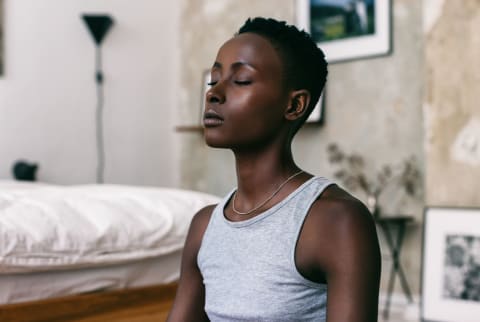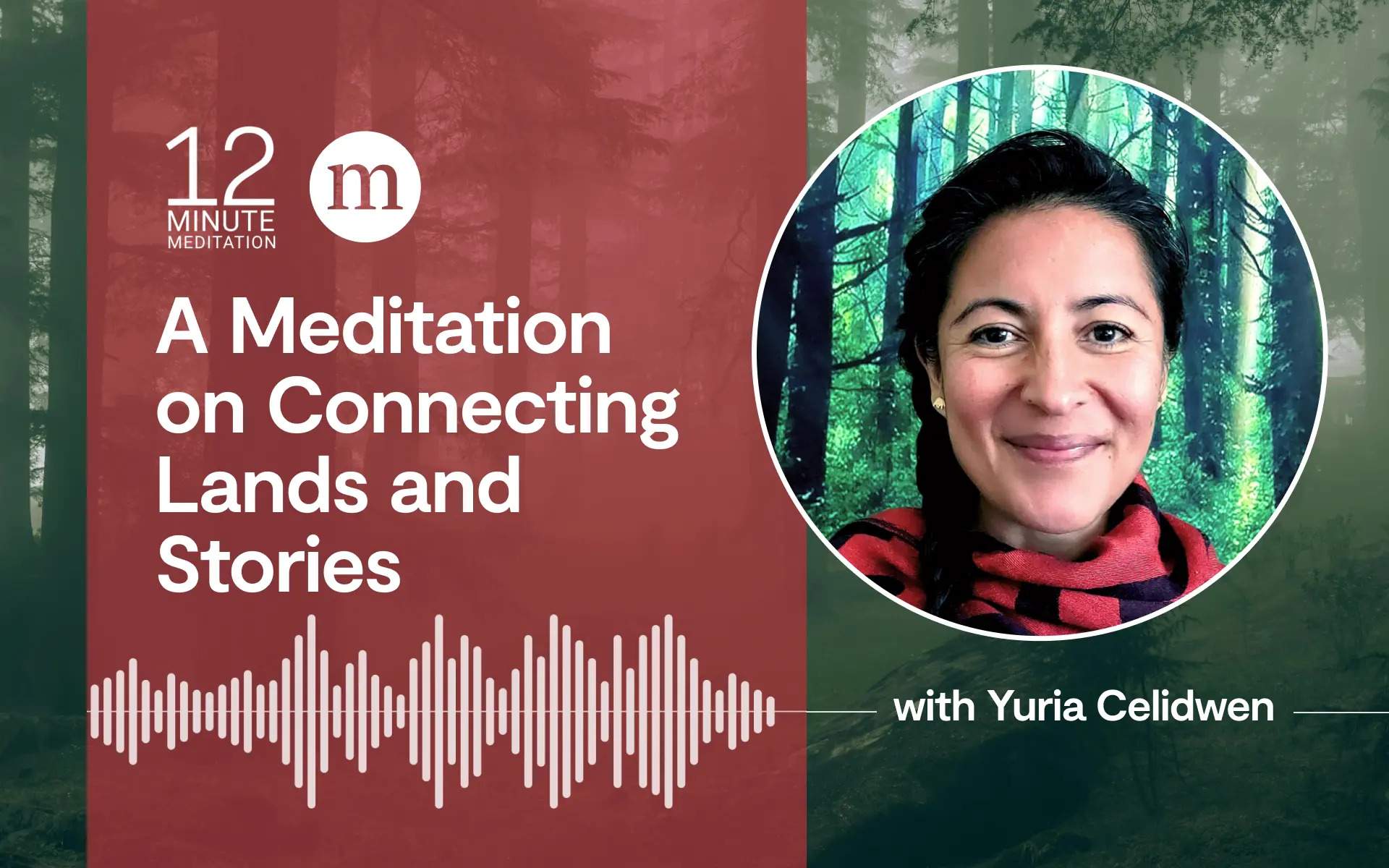Researchers Find A Key To Staying Calm In Anxiety-Inducing Situations
Whether it's watching a scary movie, driving late at night, or preparing for a big public speech, we all have situations that can make us anxious or scared.

Advertisement
This ad is displayed using third party content and we do not control its accessibility features.
Advertisement
This ad is displayed using third party content and we do not control its accessibility features.
Image by VISUALSPECTRUM / Stocksy April 24, 2025 Whether it's watching a scary movie, driving late at night, or preparing for a big public speech, we all have situations that can make us anxious or scared. Researchers are looking for different ways to treat these feelings, with a recent study identifying "safety signals" as an option for dealing with anxiety. A study published in the Journal Proceedings of the Royal Society B: Biological Science found that the key to decreasing fear can be as simple as the presence of another person. Researchers in Germany conducted an experiment in which women listened to either fearful sounds (human cries) or neutral sounds (water splashing) through headphones while their responses were measured through their skin resistance. Previous research has shown that when a person is anxious or fearful, the electrical conductivity of their skin actually changes. The scientists looked to see if the presence of another person in the room with the participant affected their response to the fearful stimuli. The person was not allowed to speak with the participant but was just instructed to stand nearby. The data showed that this presence decreased fear in participants. "Our results show that fear and the resulting physiological tension can be reduced by the mere presence of another person, even if this person is unknown and does not provide active support," says researcher Grit Hein, Ph.D. One interesting aspect of this study was the fact that the person whose presence was needed didn't have to be a familiar face—the presence alone was enough. Race, age, and other factors did not change the outcome. "Interestingly, the anxiety-reducing effect was stronger when the subjects perceived the other person as less similar—probably because they then assumed that the other person, unlike themselves, was not afraid," says Hein. Because the study only measured the effect of women, researchers intend to conduct more experiments with both men and women to see if the results are the same. According to Hein, "There are hints from stress research that the gender of the present person could play a role." They plan to see how the presence of a man affects a woman's fear, woman affects man, and all the different combinations. The researchers from this study are hopeful that more experiments like this will provide information that could help treat people with different kinds of anxiety disorders. The more ways we can find options for treatment, the better.
Advertisement
This ad is displayed using third party content and we do not control its accessibility features.

 Fransebas
Fransebas 
































